
Like many places in America, the treatment of animals in Gunnison has come a long way in just a short few decades. Back in the mid-1980s, an informal organization was founded in Gunnison to help deal with animals being dumped in the valley, including many by college students heading off to break or on to the next phase of their lives.
Nowadays, Debra Callihan with Gunnison Underdog Rescue (GUR) is quick to note that circumstances have changed substantially, and the college is a net benefit for animal welfare in the form of volunteers and fosters. “Now, some of my best volunteers, my best adopters, and my best fosters, come from the college. The college, or from younger people [more generally].”
Back at the time of Callihan’s graduation in 1986, circumstances were quite different. “There was nothing at the time in Gunnison, no rescue organization, no county-wide facility, so you pick up [an animal] in the county, where do you take it?” ponders Callihan.
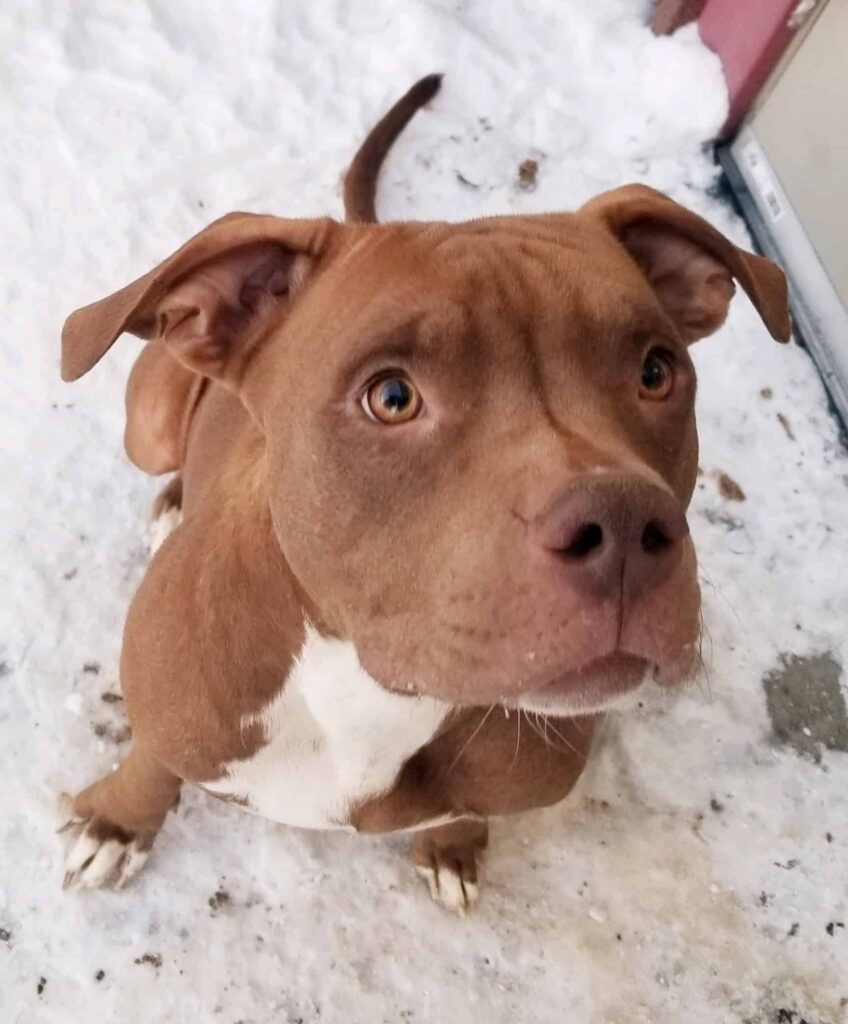
Out of these initial efforts, which included building winter warming shelters for cats, came organizations like Gunnison Valley Animal Welfare League (GVAWL) in the late 1980s, which Callihan worked with for 12 years, coordinating dog care, and helping fundraise to build the shelter’s physical space that was completed in 2014. To Callihan and others working in animal welfare within the valley, GVAWL seemed to be in full control of cat needs, as well as many of the localized dog needs, be they stray or relinquished animals.
But Callihan and a group of several other like-minded women saw a vacuum where they could do more to rescue dogs further afield. While GVAWL’s official policy is to only accept animals from within Colorado’s borders, Gunnison Underdog Rescue (GUR) decided to make an effort to rescue dogs from locales like New Mexico and north Texas (working with an organization called Pampa Animal Welfare Society, or PAWS), where many dogs roam free in poor condition, and local shelters euthanize more than 90 percent of animals needlessly due to space limitations.
“The more you go down the rabbit hole of animal welfare, the more you know about the millions of animals that die needlessly every year– euthanized, or [animals] that never even make it to shelters,” says Callihan, who says that while local needs come first, the organization does all it can to identify at-risk animals in need outside Gunnison and Colorado.
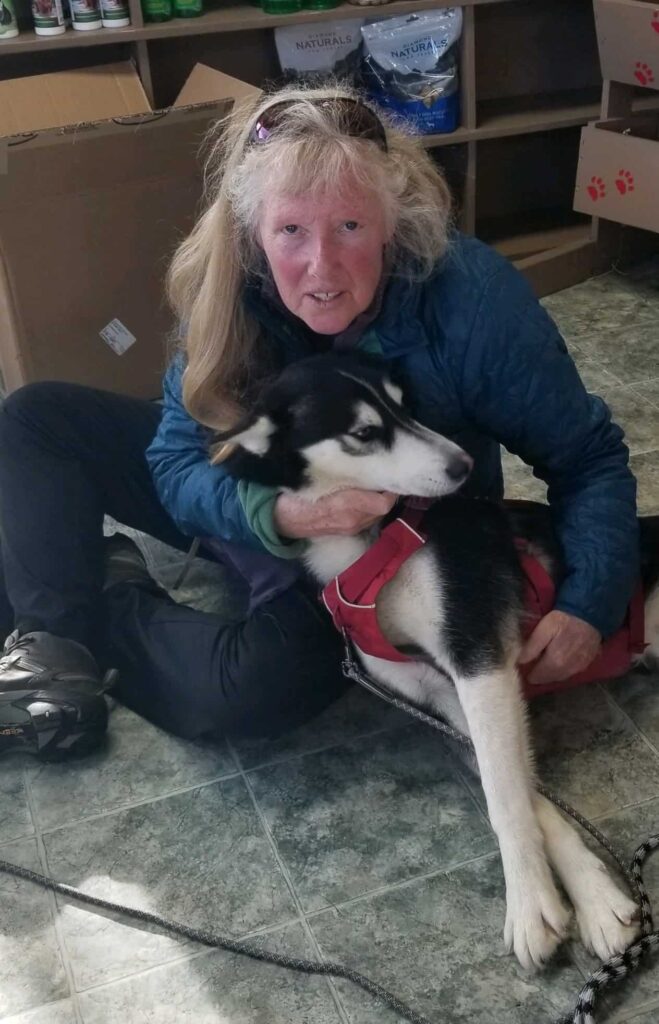
“Gunnison Valley is an extremely animal-loving, kind and compassionate community,” remarks Callihan, noting the imbalance in favor of adoptions. For her, this imbalance, while indicative of a caring community, can actually be harmful, as it can make adoption more difficult and encourage people to purchase animals from breeders (whose ethics and practices can vary widely) while millions of animals roam homeless in other areas of the country.
Callihan admits that some may consider her, and others with GUR, “extreme,” in her profession of “adopt don’t shop” values, but she envisions a future where Gunnison residents, in their love for animals, can rescue animals that otherwise would not have a home, regardless of their original location. “The vast majority of animals that get euthanized are healthy, adoptable pets,” shares Callihan.
A main focus of GUR is narrowing in to provide aid for the “worst of the worst” situations—the animals at the highest risk of abuse and death. “Pitbulls are the most euthanized breed by far, for no good reason. And most people who’ve worked with animals get that.” The second most euthanized dog breed? Chihuahuas. “So, we decided: ‘let’s try as much as we can to always have one pitbull and one chihuahua in our [foster] system,” says Callihan.
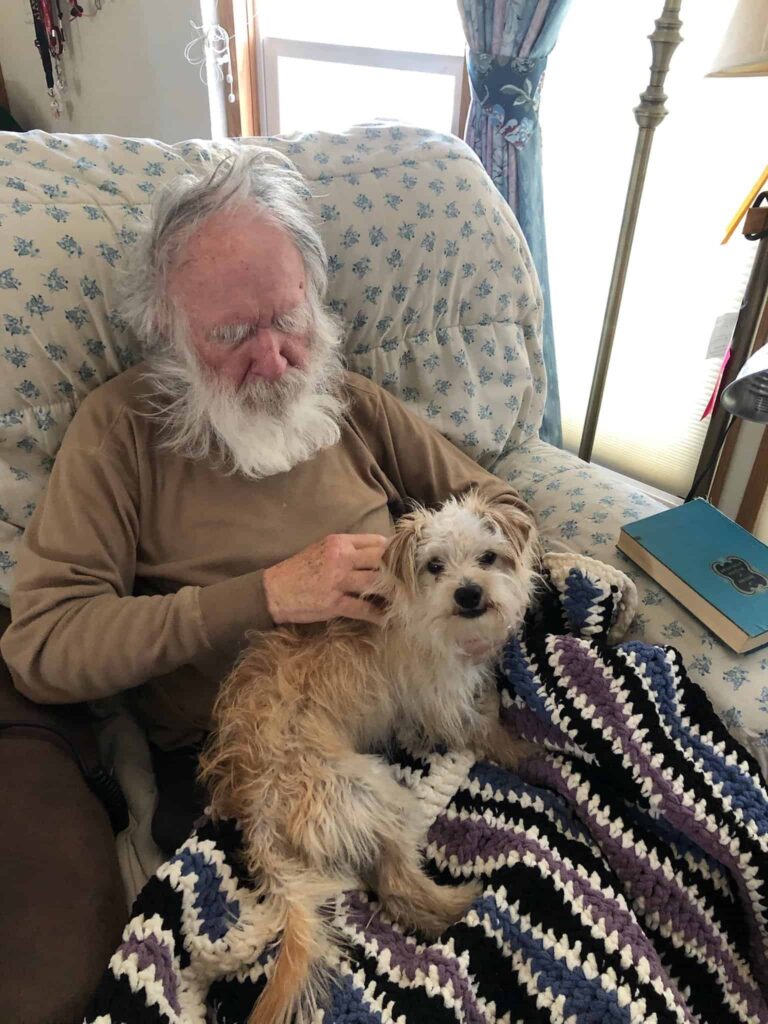
Unlike GVAWL, GUR has no physical space to house animals, and specializes in a foster care program that links animals with willing foster “parents”. Callihan notes that many fosters, as many as 40 percent per Callihan, “fail”, in the sense that the foster parents soon decide to formally adopt the animal, becoming successful adopters. The advantage of the foster system is that animals can integrate into a home with an established family and routine, before finding a permanent home.
For shelters like GVAWL, the constant flurry of activity and the unpredictability of shelter life are often not ideal. For many GVAWL dogs, however, the stay at the facility is quite often 5-15 days, with dogs quickly being snapped up for adoption. Of course, the physical location GVAWL has can also be ideal, especially for temporarily holding dogs and providing access to safe and secure indoor and outdoor facilities. Both organizations, while working on the same core issue of animal welfare, bring their own advantages and focuses.
Over her lifetime, Callihan says she has witnessed a marked shift in the thinking around, and subsequently the treatment of, companion animals. Part of that shift has included the pivot towards no-kill shelters and heightened cultural norms around the treatment of animals (particularly dogs and cats), but the changes have also included the rise of spay and neuter programs. GUR maintains its own assistance program, known as GURSNAP, which helps community members properly spay and neuter their animals.
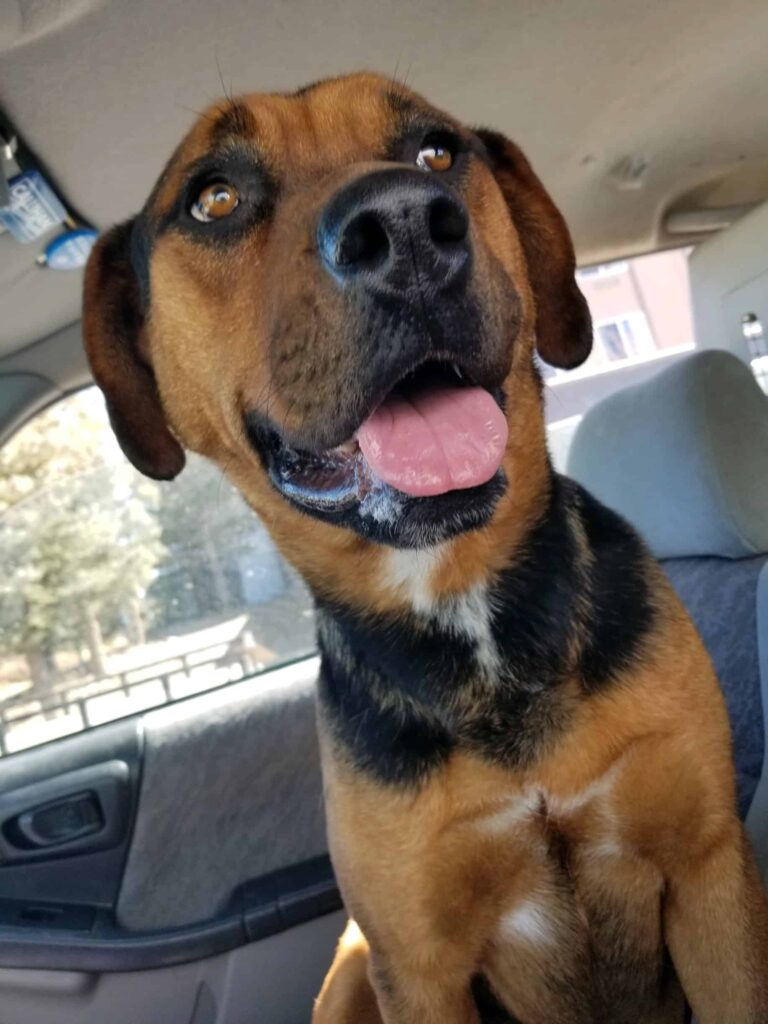
“The things we need to be doing to reduce euthanasia rates further in this country and save more animals [are]: spay and neuter, make that really accessible to people, because a lot of people either assume its too expensive…or don’t understand the ramifications of indiscriminate breeding,” says Callihan, who sees a huge part of GUR’s role as education and outreach.
Part of that outreach is reaching people with the message that GUR, GVAWL, and other organizations often have select, typically expensive breeds like miniature pinschers, Siberian huskies, Italian greyhounds, German shepherds, and many others, with Callihan noting that 25 percent of rescue dogs in America are purebreds.
The lion share of GUR’s animals do come from out-of-state, transported largely by networks of humanitarian groups and volunteers, which became more popular after Hurricane Katrina forced a massive evacuation of animals from the Gulf Coast northward.
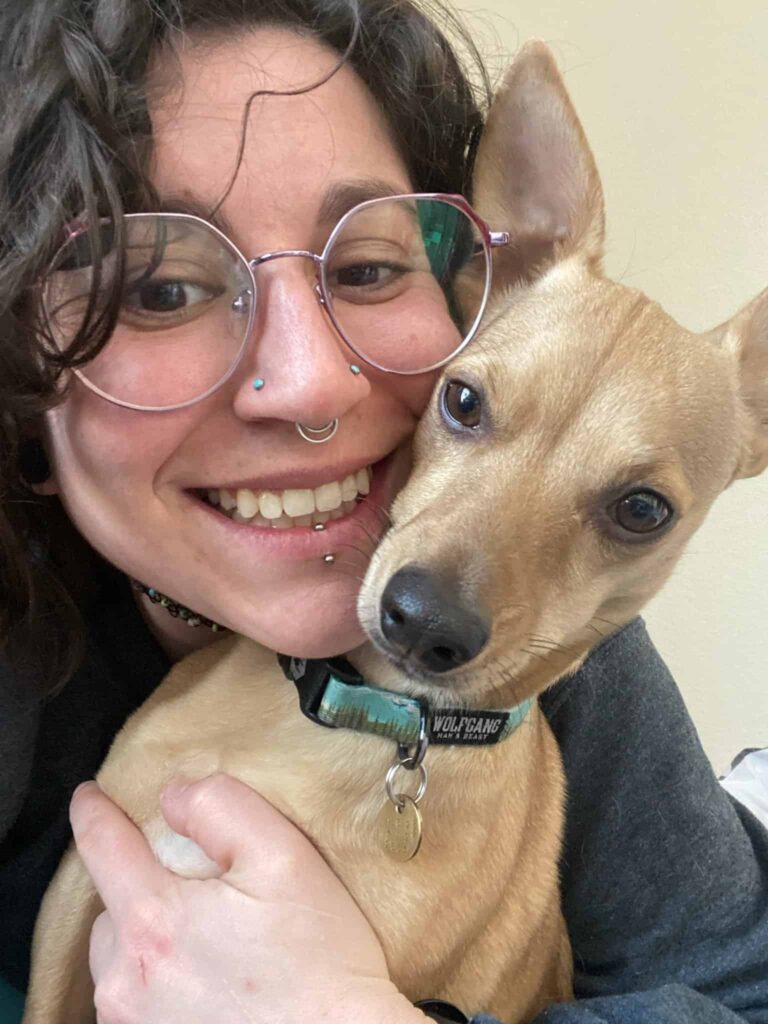
Many of the partnerships and networks established then remain, and have only grown with time. “You’ve seen a sea change nationwide, because it was like somebody went ‘wait a minute, why wouldn’t you transfer all of these hound dogs if they’re breeding down in Alabama up to the Pacific Northwest,”’ says Callihan.
Following transport, some of GUR’s dogs need extensive medical treatment upon arrival, including amputations and major surgeries, requiring substantial financial investment. GUR will even place hospice animals in homes for end-of-life care. “It’s been amazing in the Gunnison Valley how people will step up. Like: ‘Oooh, we got six dogs,” and the one that’s in the worst shape, the oldest and [most vulnerable] one, will get picked up first,” relays Callihan.
GUR is not strictly focused on dogs either, they also place the rare cat in foster homes, in addition to other animals like guinea pigs, hamsters, reptiles, and even a pig. Regardless of the animal or the specific background, for Callihan it all comes back to one single premise: using common sense to help the most animals in need possible.
Checking her anger in tough situations and facing down inhumanity and needless cruelty is another huge challenge of animal welfare work, but the hardest part of her work? “Saying no is the hardest thing, because the need is ginormous.”
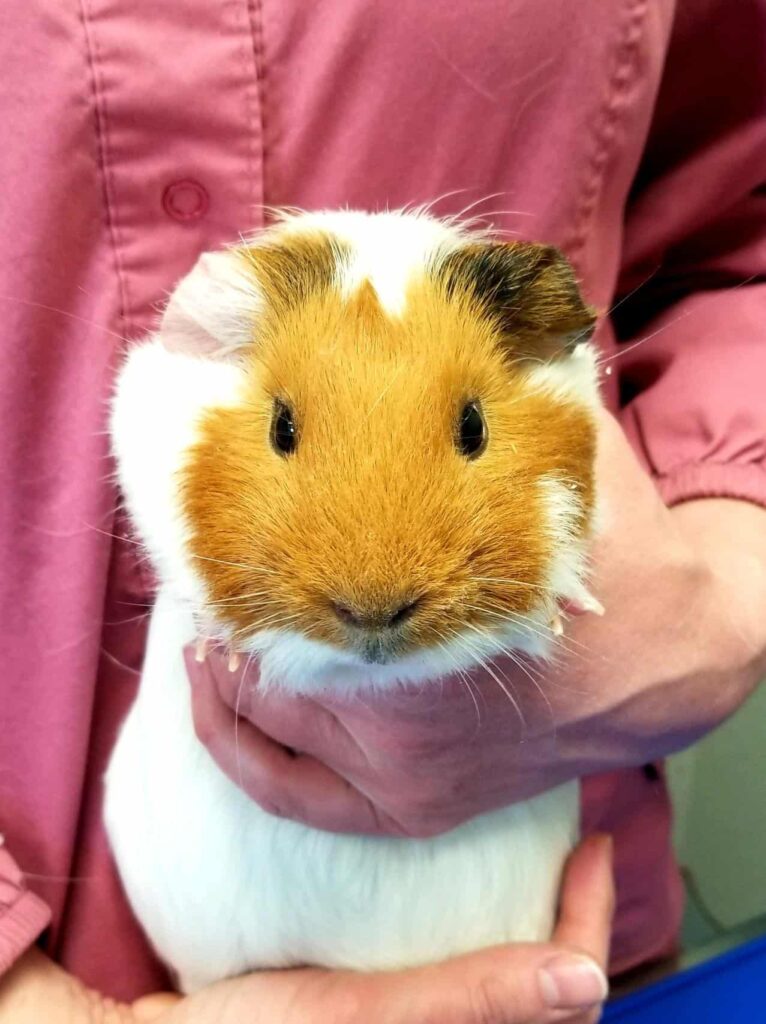
Editor’s note: Gunnison Underdog Rescue is always looking for foster homes and potential adopters, in addition to volunteer positions in graphic design, social media, and other areas. If you are interested, please reach out via their Facebook.

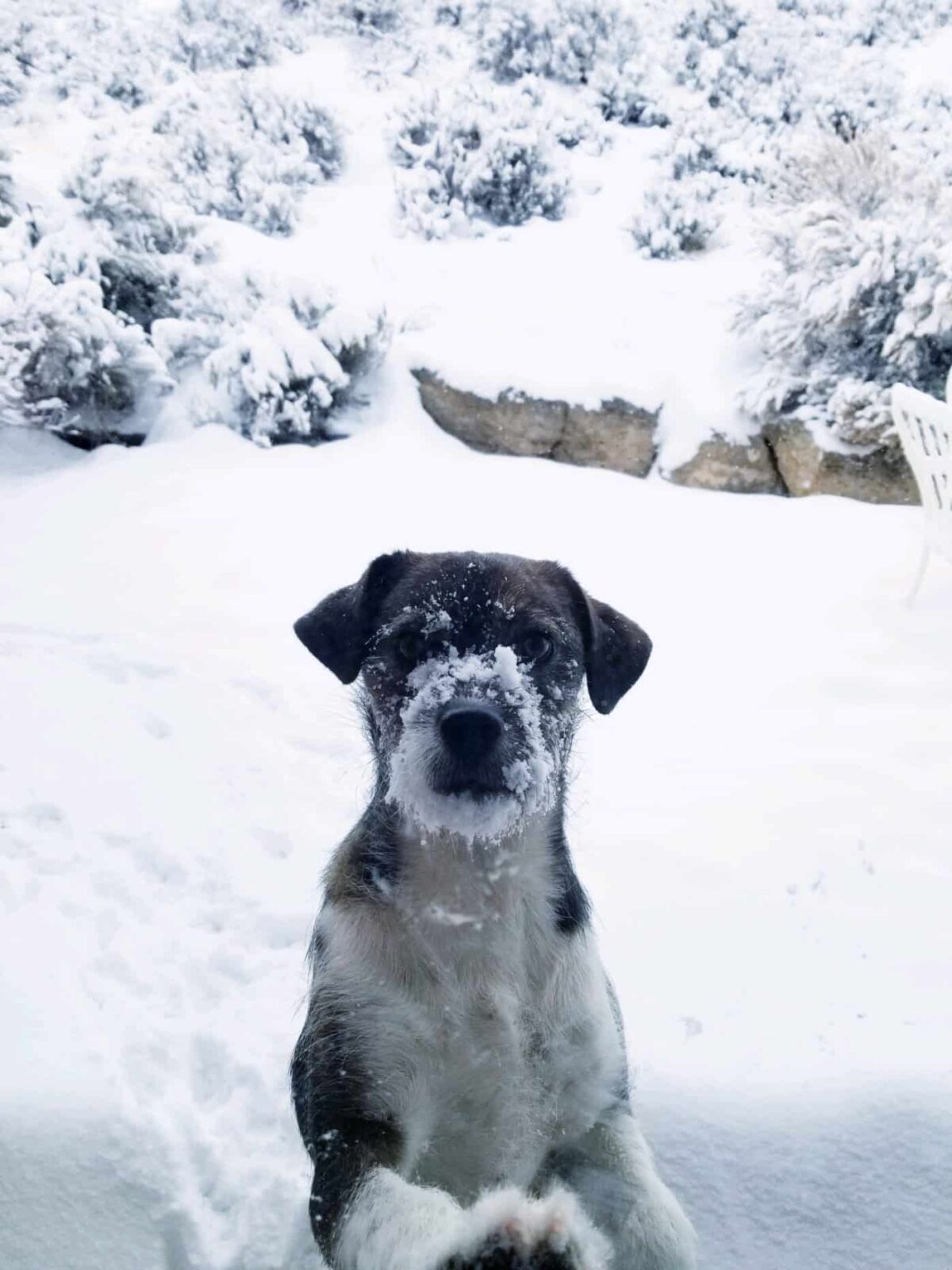
Hello, Deborah, Nearly 4 years ago, we adopted a beautiful hound mix (Putput) aka Frodo. Admittedly we just didn’t get enough information about his background (on the streets surviing) and the characteristics of hounds. He is for sure the most well-disposed dog we’ve ever had,. We find that the habits which he developted to survive are at odds for his being a dog living in the house and the yard. We’ve probably replaced our picket fence twice over and now we’re faced with replacing a window plus many repairs. My dream solution to this situation would be to see Frodo bounding through a pasture running full tilt. We love him very much and my guide dog, Hamlet, will be sad. This is all exploratory. We might consider fostering a smaller dog with the possibility of adoption. That’s more than a comment but this is a beautiful and loving dog. We’ve all tried but the peg is to square for the round hole. Thanks for reading this.
Peace,
Mary Nettleton, Lake City